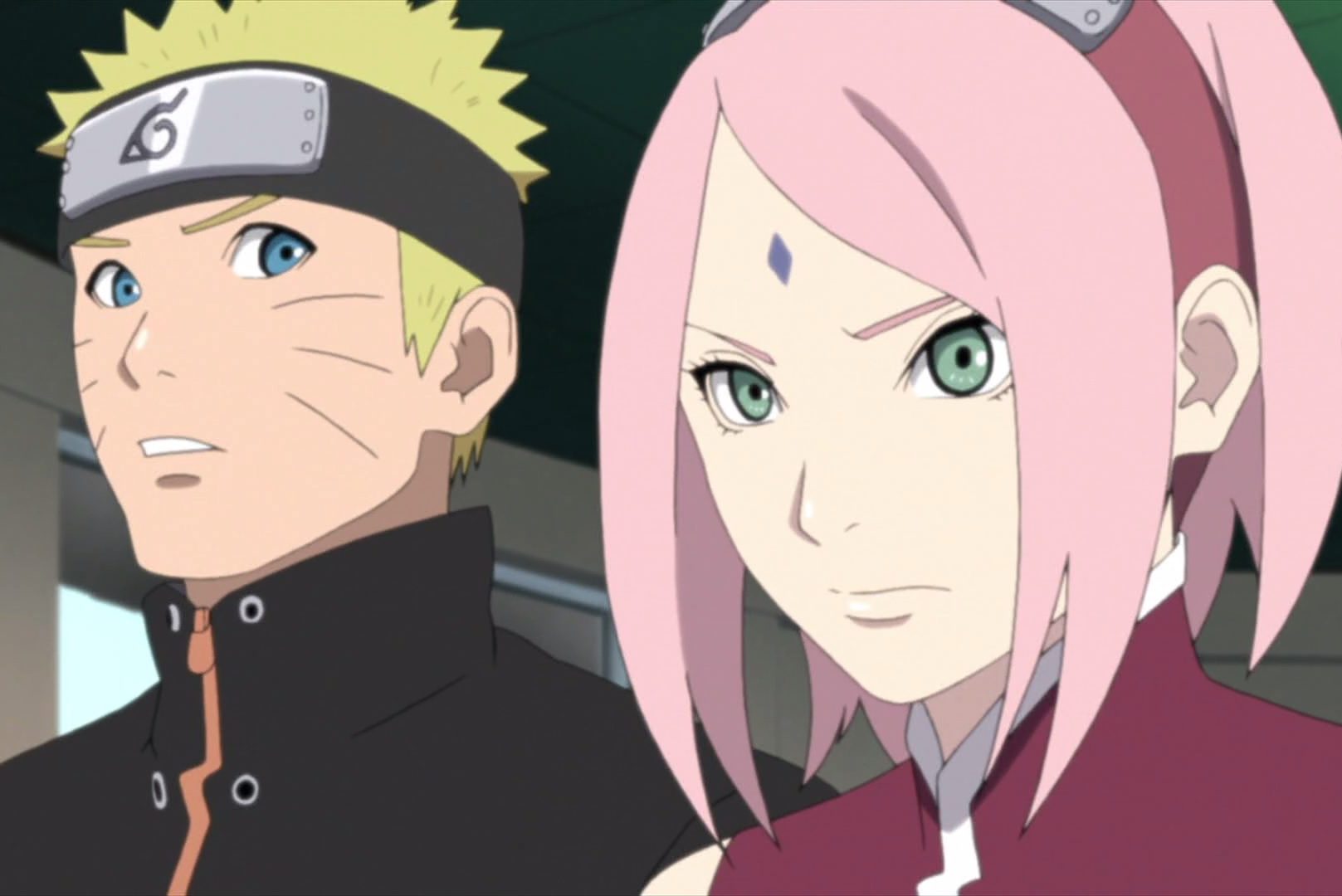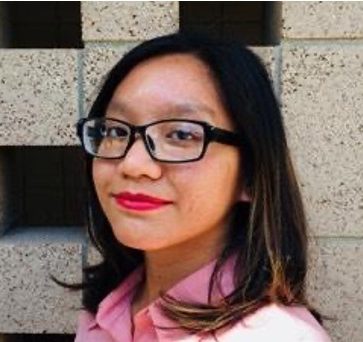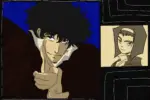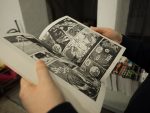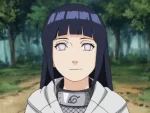If you’ve read or watched “Naruto,” chances are that you know who Haruno Sakura is. In the shonen manga and anime the creator Kishimoto Masashi tells the story of a delinquent ninja Uzumaki Naruto with aspirations to be the Hokage, the leader of his village, Konoha. Sakura enters the story as a fangirl who’s infatuated with Uchiha Sasuke. Despite graduating as the top kunoichi of her class, Sakura seems to fall behind her teammates and she’s a paper ninja.
Although Kishimoto attempted to give Sakura the character development fans wanted to see, many consider Sakura to be a poorly-written female lead. As one of the main characters in “Naruto” she had a lot of potential to be fleshed out. Instead, she gets shunted to the side as the plot became focused on Naruto and Sasuke. As such, many fans take to fan fiction to re-imagine Sakura outside of the narrative.
Sakura’s Characterization in ’Naruto’
”Naruto” begins with Sakura obsessing over Sasuke. She grows her hair out because she hears rumors that Sasuke likes long-haired girls. She wears a red qipao to emphasize her femininity at the cost of function and mobility. She goes on a diet to keep her figure slim. Her romanticized vision of the ideal kunoichi pushes her further and further away from being a proper one.
Despite that, her flaws make her more relatable as a character. What embarrassing things have you done to impress a crush? The appearance of Inner Sakura — the manifestation of her true emotions — gives the audience an inside look at the spitfire character beyond her boy-crush.
Sakura also has an ongoing rivalry with Yamanaka Ino as the two compete for Sasuke’s affections. This is when things get interesting as Kishimoto reveals Sakura’s past. As a child, Sakura was a shy girl who often got bullied by other girls, such as Ami. They teased her for her forehead and labeled her “Forehead Girl.” For a child, these kinds of remarks can have a lasting impact on self-esteem.
One day, Ino stepped in as Sakura’s savior from the bullies. Thus, the two became best friends as Ino took Sakura under her wing. Ino was the one who helped build Sakura’s confidence in her appearance. But when the two girls had a crush on the same guy, their friendship ended.
As a fan, I always found Sakura’s childhood to be fascinating. Her transformation into a fangirl can be interpreted as a girl trying to assimilate into the dominant culture. After all, Sakura comes from a civilian background with no exposure to shinobi outside of the academy. With no model shinobi to look up to, Sakura bases her perception of kunoichi off of Ino and Ami. While Ami’s background is never revealed, Ino comes from the Yamanaka shinobi clan. Suffice to say, Ino probably has outside training. Even though her fangirl attitude can be unseemly, she has resources and a clan to fall back on. It’s different for Sakura. Through blood, sweat and tears, she becomes a self-made shinobi.
https://www.youtube.com/watch?v=N1g7KSgKT_k
The Erasure of Sakura’s Character Developments
“Power level does not make a character bad … What makes a character bad is her depth and development — and these are where Haruno Sakura falls short,” says Arvin Saints from Page Prophet. And I agree. All of Sakura’s development becomes overshadowed by powerhouses.
There are three pivotal points in which Sakura shows character growth: the Chunin Exams, the apprenticeship under Tsunade, and the Kazekage Retrieval arc.
During the second part of the Chunin Exams, Sakura’s team becomes overwhelmed by the encounter with Orochimaru — one of the legendary Sannin who’s obsessed with Sharingan. With her teammates unconscious and injured, she has to take on the burden to continue the exams while protecting her teammates. During a fight with a team of Sound ninjas, Sakura decides to cut her hair because long hair becomes a weakness in the battle. Her decision symbolizes Sakura’s decision to become a better shinobi.
With her goal set to better herself as a shinobi, Sakura begs the Fifth Hokage Senju Tsunade to take her on as an apprentice. Tsunade is an excellent role model for Sakura. While it’s common for kunoichi to serve as support in a team, Tsunade is known as a battle medic and as a taijutsu master. Tsunade is one of the examples in “Naruto” that shows women capable of standing equally on the battlefield with men. Under their tutelage, Sakura learns how finesse can be a force itself.
The Kazekage Retrieval arc shows the fruits of Sakura’s labors. First, she successfully performs a difficult operation, extracting poison from the patient. Then, she defeats the Akatsuki member Sasori. This is the character development we were waiting for.
However, after the battle with Sasori, Sakura doesn’t receive much screen time as Kishimoto focuses more on Naruto’s narrative as a jinchuuriki. “It’s as if she has no bearing in the story anymore,” Saints commented. By pushing Sakura’s narrative to the margins, she fails as one of the main characters of “Naruto.”
When Sakura reappears, however, she regresses. She has negative character development. She makes a resolution to kill Sasuke at the Kage Summit before she backs away from making the killing blow. While Saints sees this moment as Sakura’s return to square one, I argue that it could have been a way for Kishimoto to show Sakura’s inner turmoil. However, without sufficient narrative to support this, Saints is correct that her growth amounted to nothing.
Human Ragout makes a point on how Sakura’s motives inevitably shift back to Sasuke. What happened to all that character development? Sakura’s entire character centers around male characters once more, as if her own personal ambitions as an individual didn’t matter. Sakura fails as a main character because she became a supporting character.
Sakura’s Narrative Told Through Sakura-Centric Fan Fiction
With the dissatisfaction of Sakura’s character in “Naruto,” many fans go on to write fan fiction that position Sakura as the main character — the main character that she was supposed to be. Here are some recommendations for Sakura-centric fan fiction:
— ‘Five Kingdoms for the Dead’ by Evil Is A Relative Term: After an unexpected encounter with Uchiha Itachi, Inner Sakura ceases to exist as Sakura’s mind fractures. She becomes acquainted with Orochimaru, taking lessons from the people that live in her mind. This story explores Freud’s theory of the id, ego and superego.
— ‘Masks’ by madstoryteller999: When Sakura goes on a grocery run for her mother, she doesn’t expect to be attacked and almost raped. No one comes to her rescue except for Inner Sakura — the manifestation of her blood lust. Sakura’s life changes as she pursues the means to get stronger no matter what.
— ‘Otokage’ by writer168: After Orochimaru’s death, Kabuto seeks out Sakura as the successor to lead the Sound village. Frustrated that her ambitions cannot be realized in Konoha, Sakura takes Kabuto’s offer to become Otokage.
— ‘Pulling My Weight’ by itsthechocopuff: Sakura gets a wake-up call on the Wave mission, realizing how unprepared she is for shinobi life. So, she hits the books — her only resource. Along the way, she finds a supportive teacher in Shiranui Genma, who helps her succeed in the Chunin exams and beyond.
— ‘your move, instigator (draw your weapon and hold your tongue)’ by Laysan_albatross: What if the Third Shinobi War didn’t end yet? Konoha is desperate for manpower, churning out child soldiers. Unprotected from the war draft, Sakura becomes a shinobi earlier than expected.
Through these various narratives, fan fiction breathes life into Sakura’s character in a way that Kishimoto never did. When I first watched “Naruto” Sakura wasn’t a likable character. After re-watching it, I realized that I felt disappointment for Sakura’s potential being wasted. She could have been great, I thought.
What’s your opinion of Sakura?


